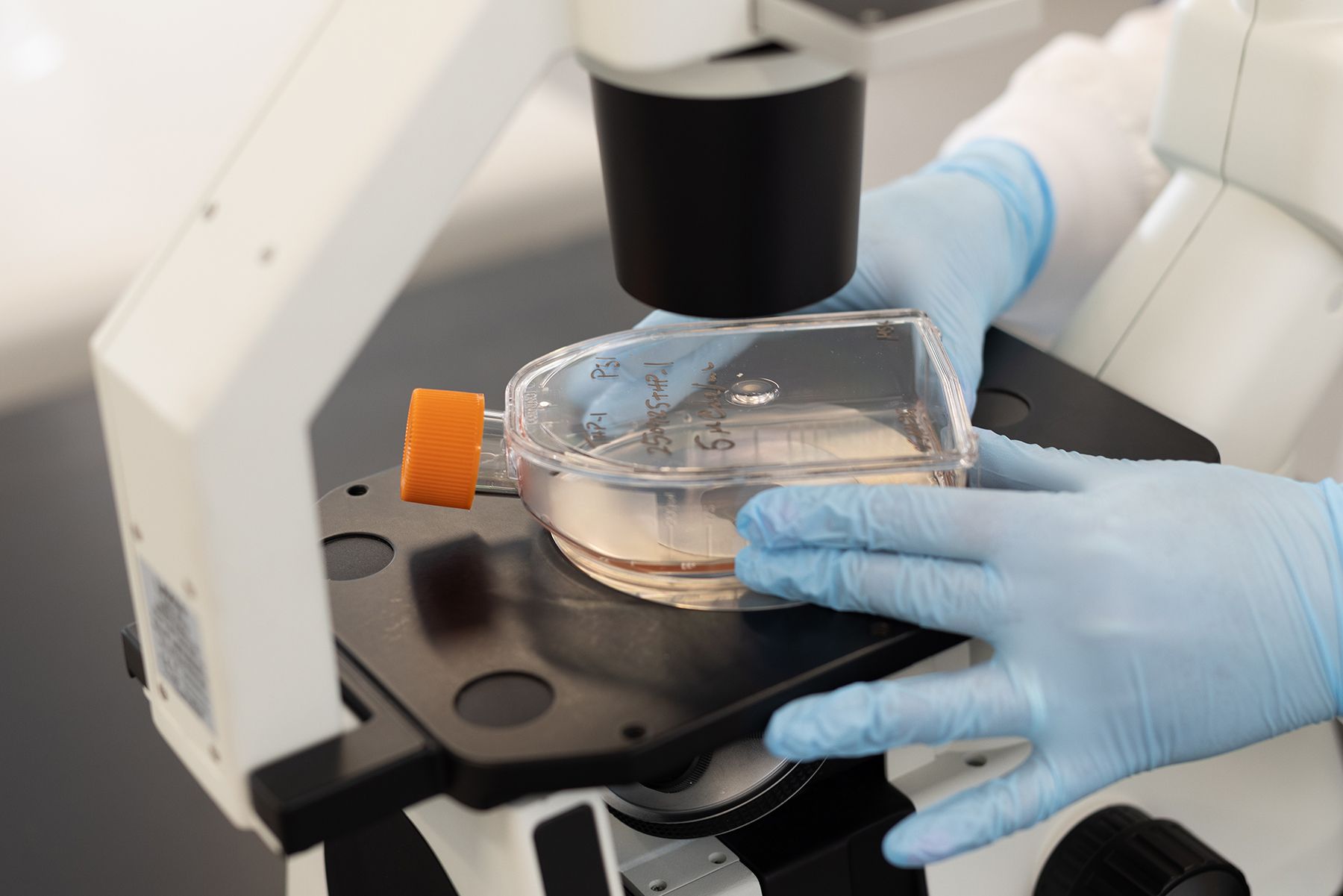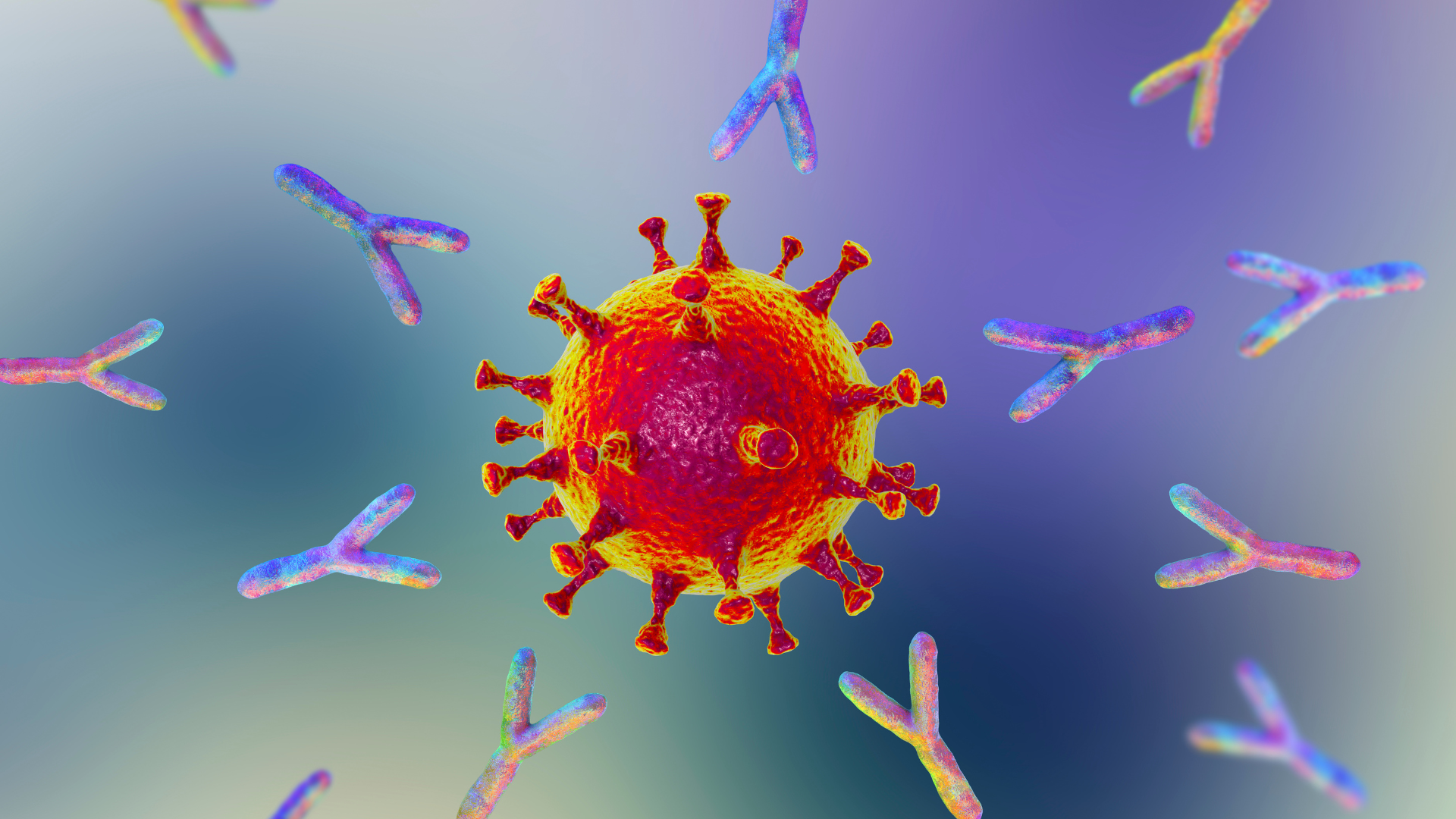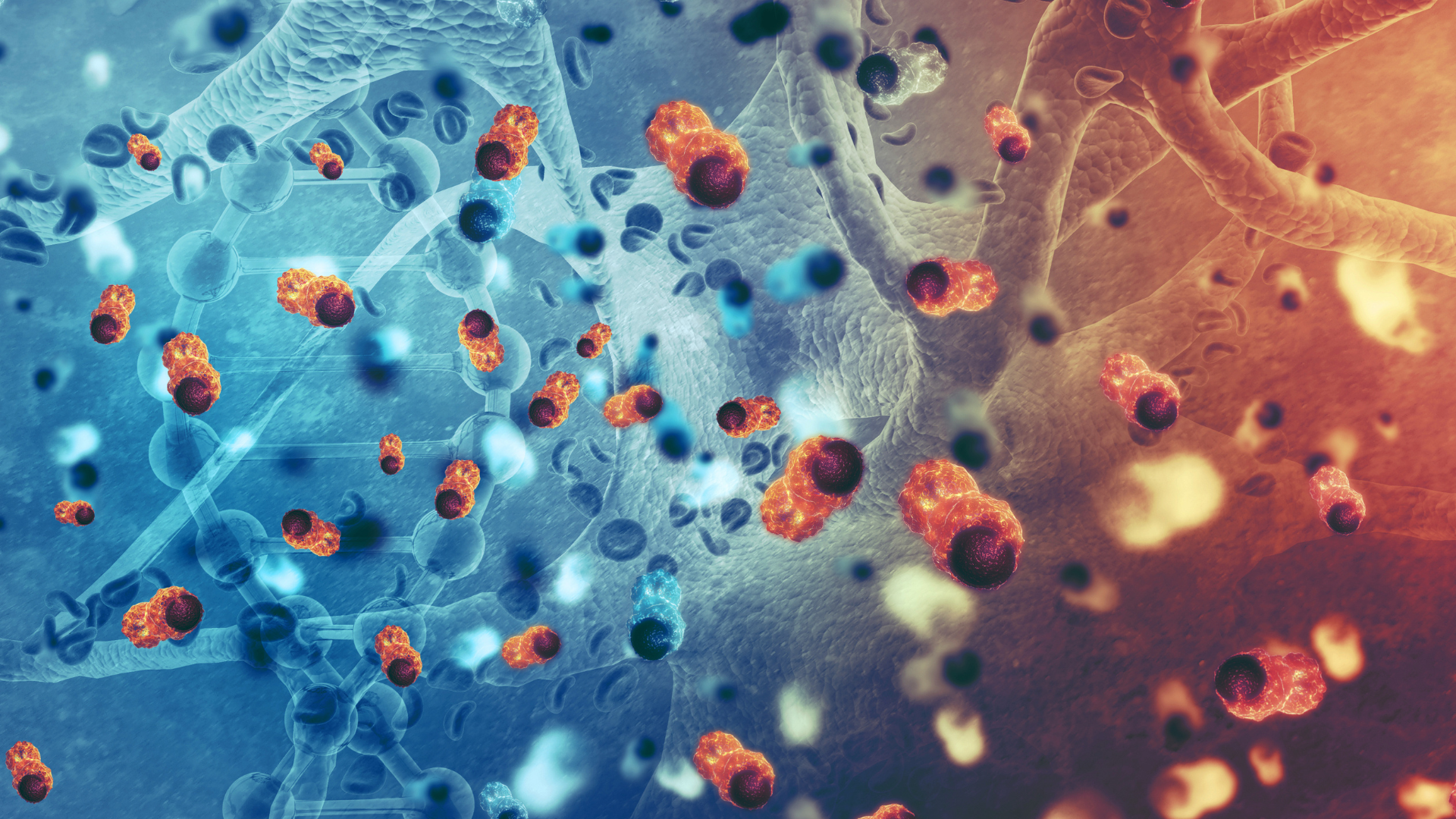
From early discovery to clinical development, our platform provides customizable solutions to support each phase of antibody development. Whether it’s mechanism of action analysis, functional profiling, or candidate optimization, we offer the insights needed to advance your projects.
Our platform supports a range of therapeutic modalities, with expertise in monoclonal antibody (mAb) characterization, bispecific antibody (bsAbs) characterization, Antibody Drug Conjugate (ADC) characterization, and more.
DISCOVERY & SCREENING
Fc effector function profiling uncovers what neutralization misses, driving smarter candidate selection.
By screening antibodies beyond neutralization, Fc profiling revealed immune mechanisms like phagocytosis and NK cell activation that contribute to in vivo efficacy. This approach helped identify polyfunctional antibodies earlier in the pipeline, giving developers a functional lens to prioritize candidates with greater therapeutic potential.
- Exposed functional differences not seen in neutralization assays
- Delivered early insight into effector mechanisms linked to protection
- Enabled faster, data-driven down-selection of clinically promising mAbs
LEAD SELECTION
Go beyond neutralization, select leads based on what they actually do.
Even with identical Fc backbones, antibodies can show dramatically different effector profiles due to differences in epitope targeting and binding geometry. Broad Fc-function profiling across multiple assays (ADCC, ADNP, ADCD, and more) reveals subtle but actionable differences in activity. These insights help teams select lead candidates that best align with both the desired mechanism of action and pharmacokinetic goals.
- Identifies functional differences not explained by Fc engineering alone
- Supports lead selection based on mechanism-specific performance
- Balances effector activity with enhanced half-life (e.g., via YTE modification)
LEAD CHARACTERIZATION
Comparative Fc profiling reveals how design choices shape effector function.
Functional assays comparing Rituximab, Ofatumumab, and Obinutuzumab show distinct complement activity profiles, despite targeting the same antigen. These differences in C1q binding, ADCD, and CDC reflect how antibody structure, including Fc engineering, impacts mechanism of action. This comparative approach supports assay development and validation aligned with therapeutic goals.
- Differentiates complement activity across similar CD20-targeting antibodies
- Confirms Ofatumumab’s enhanced CDC via strong C1q and ADCD responses
- Reveals how Fc modifications (e.g., afucosylation) alter functional outcomes
CLINICAL EFFICACY TESTING
Fc profiling connects in vitro activity to real-world immune engagement
Comprehensive effector function profiling of nirsevimab (ADNP, ADCP, ADCD, ADCC) revealed innate immune activation not captured by neutralization assays alone. Ex vivo analysis of clinical serum samples confirmed that Fc-mediated activity persisted post-dose, tying lab results to patient-level immune response. This mechanistic clarity helped de-risk development and support clinical validation.
- Demonstrated in vivo relevance of Fc-mediated activity in patient samples
- Identified complementary immune pathways contributing to efficacy
- Provided functional evidence to support clinical mechanism-of-action claims
MANUFACTURING SCALE-UP
Functional profiling ensures consistency beyond structural analytics.
During transition from small-scale to large-scale antibody production, glycosylation changes were detected, but comprehensive Fc profiling confirmed functional consistency across manufacturing lots. By validating effector activity directly, our platform de-risks scale-up and preserves the intended therapeutic profile as production scales.
- Confirmed effector function despite glycosylation shifts across lots
- Added critical functional validation beyond standard structural assays
- Supports end-to-end confidence from development through manufacturing





